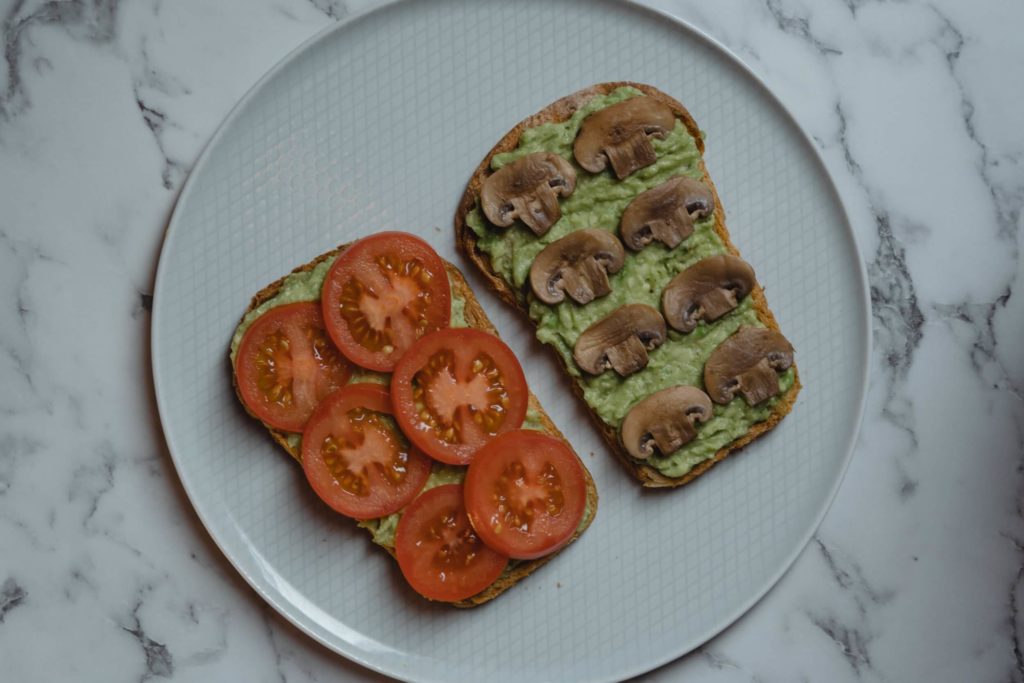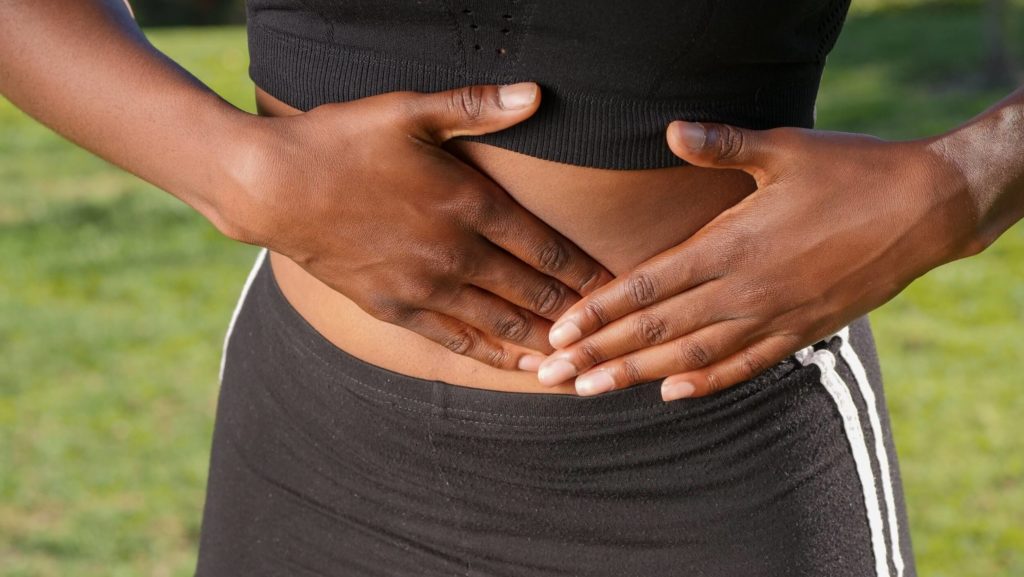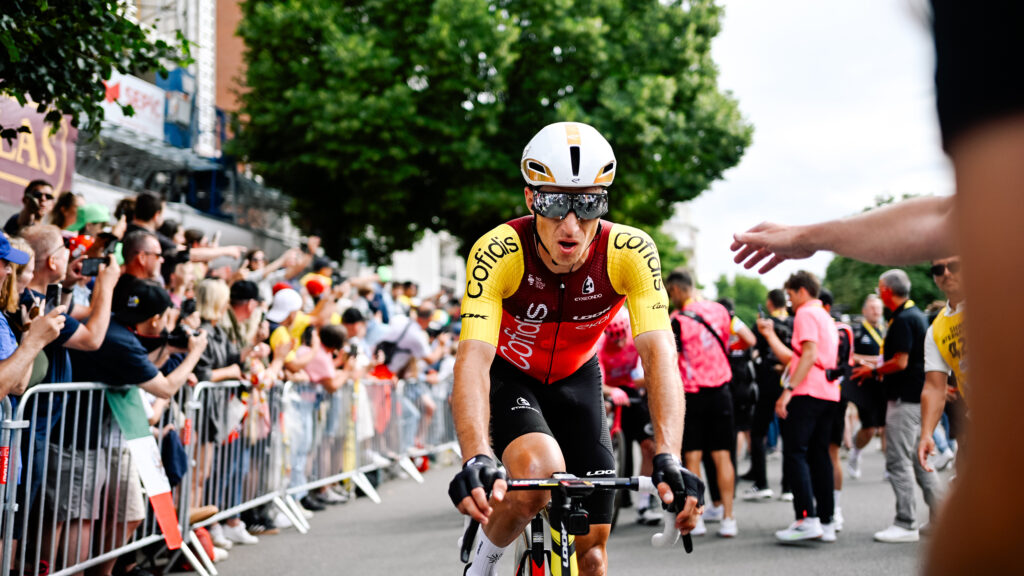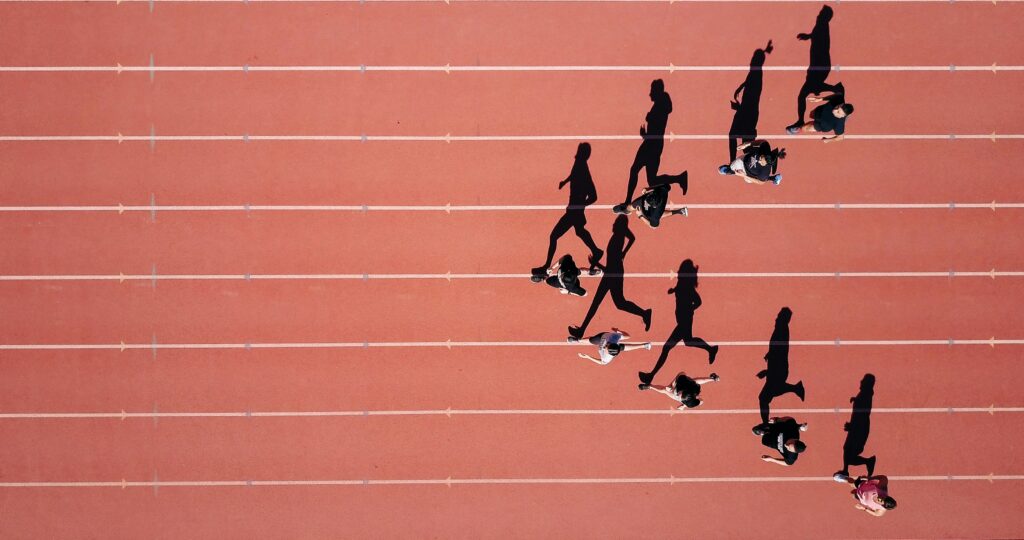Inflammation is our body’s normal response to any stressor, injury or foreign invaders, such as bacterial or viral infections. Inflammation is necessary, since it is our immune system’s defense mechanism for protecting and helping the body heal. It could be acute and chronic.

Highlights
- Exercise-induced inflammation, which is a natural recovery process after exercise where the body compensates for the stress of the workout helps with recovery, muscle repair, recovery and adaptation to new exercises,
- An athlete breaks down muscle and their body attempts to repair it as fast as possible through nutrition and rest. This is so that the body is ready for activity the next day as well,
- When dealing with inflammation, it is important to know about cytokines, which are proteins that set off the immune system.
Acute inflammation is short-lived. For example, when you cut your finger, your immune system sends white blood cells to heal the area, which in turn creates swelling and redness. Chronic, or systemic, inflammation lasts longer, as it results from persistent damage to tissues, which keeps the inflammatory process going on. This could be because of a poor lifestyle, a diet high in inflammatory foods, stress, smoking, alcohol consumption, inadequate sleep or exercise and autoimmune conditions.
Inflammation in athletes and impact on athletic performance
Athletes may experience another type of acute inflammation, i.e, exercise-induced inflammation, which is a natural recovery process after exercise where the body compensates for the stress of the workout. This kind of inflammation helps with recovery, muscle repair, recovery and adaptation to new exercises. The goal of the inflammatory process is to restore the body to homeostasis (balance).
However, too much inflammation could become a concern. Too many strenuous workouts and not enough attention to recovery, nutrition, sleep and a healthy diet, can negatively impact sports performance and compromise immunity. This may lead to decreased athletic performance. Sometimes, athletes turn to non-steroidal anti-inflammatory drugs (NSAIDs) to lower inflammation, which is inadvisable NSAIDs have been linked to gastrointestinal tract (GI) damage, and as per some studies, they reduce training adaptations that help athletes with recovery and improving performance.
Every day, be it while training or during a competition, an athlete breaks down muscle and their body attempts to repair it as fast as possible through nutrition and rest. This is so that the body is ready for activity the next day as well. Eating foods that create and/or increase inflammation in the body delay its ability to heal and recover. This ultimately hinders athletic performance and damages the body’s overall health. Therefore, it is important to prevent chronic inflammation for optimal athletic performance.

The science
When dealing with inflammation, it is important to know about cytokines, which are proteins that set off the immune system. Interleukin (IL)-6,an inflammation-responsive muscle-derived factor that signals to other organs during exercise, is an anti-inflammatory cytokine, while IL-10 is perhaps the most potent immunosuppressive cytokine. As it can block immune responses at different levels, it is believed to influence immune and inflammatory reactions during exercise.
During a strenuous workout, numerous cytokines (proinflammatory: IL-6, TNF alpha; anti-inflammatory : IL-10) are released into circulation. Evidence from different cross-sectional studies found that levels of Il-6 can rise up to 100-fold and TNF-α by threefold over their baseline values during a workout. Some studies have shown that exercise can increase IL-1β and TNF-α, while others have found no changes in these cytokines. One study that profiled cytokines in elite athletes from different age and sport-intensity groups indicated that both IL-6 and IL-10 are elevated in high-intensity sports in an age-dependent manner. Hence, levels of IL-6 and IL-10 were correlated with exercise intensity, suggesting that sports with more intense exercise can lead to increased production of these cytokines. An increase in the anti-inflammatory cytokine IL-10 together with IL-6 could reflect a compensatory mechanism and adaptation to long-term training. The protective effect of IL-10 with high-intensity sports seems to be independent of age, whereas the harmful effect of IL-6 is more manifested in older athletes. The data also showed that IL-6 and IL-10 were higher in competing athletes compared to out-of-competition ones regardless of age.
Pro- or anti-inflammatory cytokines play a role in all phases of inflammation. It is the balance between the two that will locally manage the intensity and duration of the inflammatory reaction induced by physical activity. IL-6 along with C-reactive protein is used as one of the biomarkers for checking inflammation status.
Conclusion
Acute inflammatory responses during the training and workouts complement the athletic performance whereas the chronic/ persistent inflammation can affect athletic performance. Cytokines play an important role in managing inflammation, and it is important that the body has a balance of pro- and anti-inflammatory cytokines to be able to recover from inflammation effectively.
Disclaimer: The contents of this article are for general information and educational purposes only. It neither provides any medical advice nor intends to substitute professional medical opinion on the treatment, diagnosis, prevention or alleviation of any disease, disorder or disability. Always consult with your doctor or qualified healthcare professional about your health condition and/or concerns and before undertaking a new health care regimen including making any dietary or lifestyle changes.
References
- Exercise and interleukin-6 – PubMed (nih.gov)
- Antioxidant restriction and oxidative stress in short-duration exhaustive exercise – PubMed (nih.gov)
- Obesity exacerbates oxidative stress levels after acute exercise – PubMed (nih.gov)
- Release of cytokines by blood monocytes during strenuous exercise – PubMed (nih.gov)
- Age and Sport Intensity-Dependent Changes in Cytokines and Telomere Length in Elite Athletes (nih.gov)








